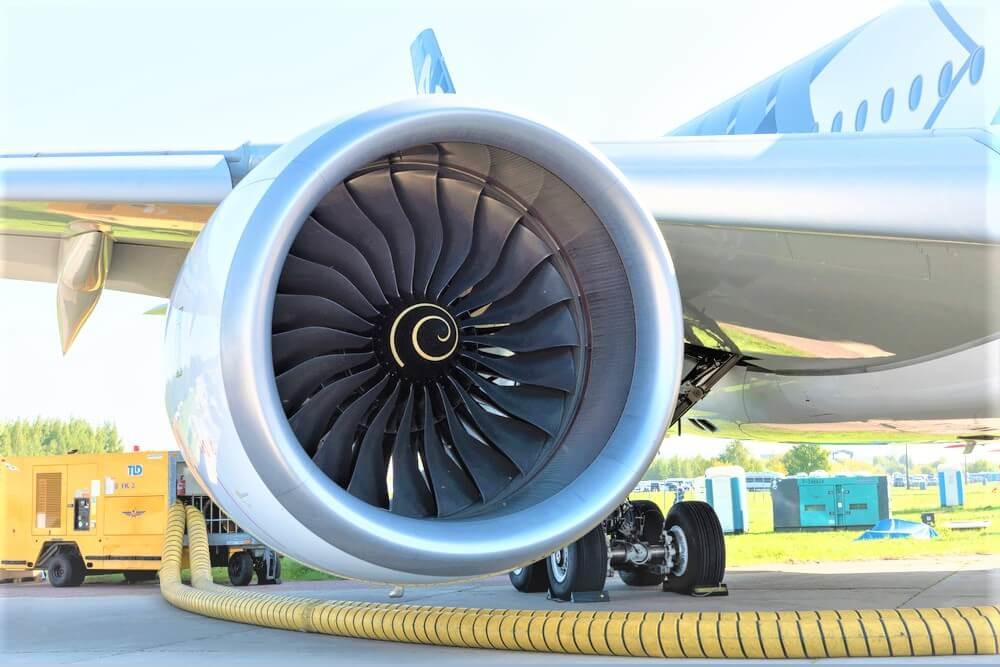
The airline segment hardest hit by the pandemic—widebody travel—is showing signs of recovery, according to engine maker Rolls-Royce.
Chris Cholerton, president of the British company’s civil aerospace arm, told reporters recently that interest is re-emerging in widebody sales campaigns, with airlines looking at deliveries from 2025.
This follows depressed deliveries and aftermarket sales during the recent crisis. In 2021, Rolls-Royce’s civil aerospace revenue fell 10% to just over £4.5 billion ($5.3 billion), although gross profit recovered to £474 million from an almost £2 billion loss the year before.
Momentum is expected to build this year, and during a media tour of its facilities, Rolls-Royce was keen to show how it could meet any ramp-up of production, highlighting new automation technologies to speed up output of new turbine blades.
Such technologies will prove increasingly useful in Rolls-Royce’s civil aerospace business, which has shrunk by about a third in terms of manpower and facilities since the start of the pandemic.
One example is the programmable machine tools at Rolls’ turbine blade facility in Derby, UK.
“These machines have been transferred across from Crosspointe in the U.S. and they can easily switch between designs and have absolutely minimal manual oversight,” noted Rolls-Royce chief executive officer Warren East on the company’s last earnings call.
“This means one person can now do the work of several previously, and what used to be a time-consuming manual setup is now fast. It's largely software, creating flexibility as well as much greater throughput,” he added.
Rolls-Royce is also adapting to customer requirements by developing ways to increase engine time on wing and shorten shop visit turnaround times, according to an account of the visit by the Financial Times.

